A Fundraiser for Gaza Hopes to Wake Up the Coffee Industry
For 18 months, the coffee industry has remained mostly silent about the ongoing destruction of Gaza. A new fundraiser hopes to raise money—and jolt the industry awake.

A white coffee cup with latte art and spoon sits atop a newspaper. Via Pixabay.
This week’s Coffee News Roundup is being written from a plastic chair in my garden as I watch a roasting pan and several pots full of maple sap boil merrily away.
That’s right, it’s maple syrup season, and for the first time ever my wife and I are attempting to make our own. So far, it’s a lot of sitting around and getting smoke in my eyes, but after several more hours, we’ll have some of that amber gold.
Anyway, as I wait for that to happen, let’s see what’s happening in the coffee world.
You might have heard, but Congress recently passed (and President Biden signed) the American Rescue Plan, designed to help the US economy, well, not crater completely. Hopefully (if you’re reading this in the States) you received your $1,400 cheque, but there was also a lot of help in the bill for small businesses, coffee companies among them.
This includes: a total of $28.6 billion in grants for restaurants (which most cafes are apparently included in), as long as they can prove that their gross sales dropped significantly between 2019 and 2020. Chances are, that’s most of them.
The Small Business Association, which is administering the grants, has been ordered to “prioritize establishments owned by women, veterans, or economically and socially disadvantaged groups” for the first three weeks of applications.
It’s not just brick-and-mortar coffee shops, either—those eligible can also include, per Daily Coffee News, “tasting rooms, mobile trucks, bars, lounges and more.” And, unlike the Paycheck Protection Program funds from previous relief packages, these are grants that do not need to be paid back (so long as the money is used for approved expenses.
Better get applying, coffee companies.
Back in October, we learned that coffee leaf rust—the coffee disease that has devastated farms across the world—had reached Hawaiʻi.
It has now spread to the Big Island, the state’s largest coffee-growing island, and is threatening the entire Hawaiʻian coffee industry. The state’s Department of Agriculture is therefore requesting an exemption from the Environmental Protection Agency to allow the use of a specific fungicide to fight the dreaded disease. Although not labeled by the EPA for use on coffee, Priaxor Xemium is allowed on strawberries, tomatoes, and many other crops.
Although other methods for management of leaf rust exist—pruning to allow air circulation, correct fertilizer application, and more unconventional methods like snails—fungicides remain one of the more effective (although costly) mitigation strategies.
“Coffee leaf rust is a plant pathogen that cannot be eradicated once it takes hold,” said Phyllis Shimabukuro-Geiser, of the Hawaiʻi Board of Agriculture, “so it’s important that we use all available tools, including the use of fungicides, to help manage the problem.”
Although not hugely toxic to humans (it’s considered “not likely” to be carcinogenic), fluxapyroxad (one of the two active ingredients in BASF’s Priaxor Xemium) is highly toxic to marine life and toxic to small mammals. So there’s that.
The Cool Farm Tool is a free digital platform that allows coffee producers to track the carbon footprint of their farm practices and make decisions based on this information. Backed by, among others, Root Capital and Sustainable Food Lab as well as Central American cooperatives like CENFROCAFE and Manos Campesinas, the tool is designed to “enable farmers to track and understand the environmental impact of their production and determine the best organic practices for climate resiliency and crop health.”
Currently in small-scale testing, the team behind the platform hope to eventually roll it out to upwards of 25 million coffee producers, who would then be able to “charge a premium for their proven sustainability practices,” according to Sprudge.
While the burden of climate action shouldn’t be borne solely by the coffee producers least responsible for and most at risk from the crisis, the fact that this tool is free and (hopefully) straightforward to use makes it potentially very useful. Especially because, as anyone who has ever priced out solar panels will attest, sustainability is still more expensive than the alternative.
Oh, and the tool was originally developed at the University of Aberdeen. Go Aberdeen!
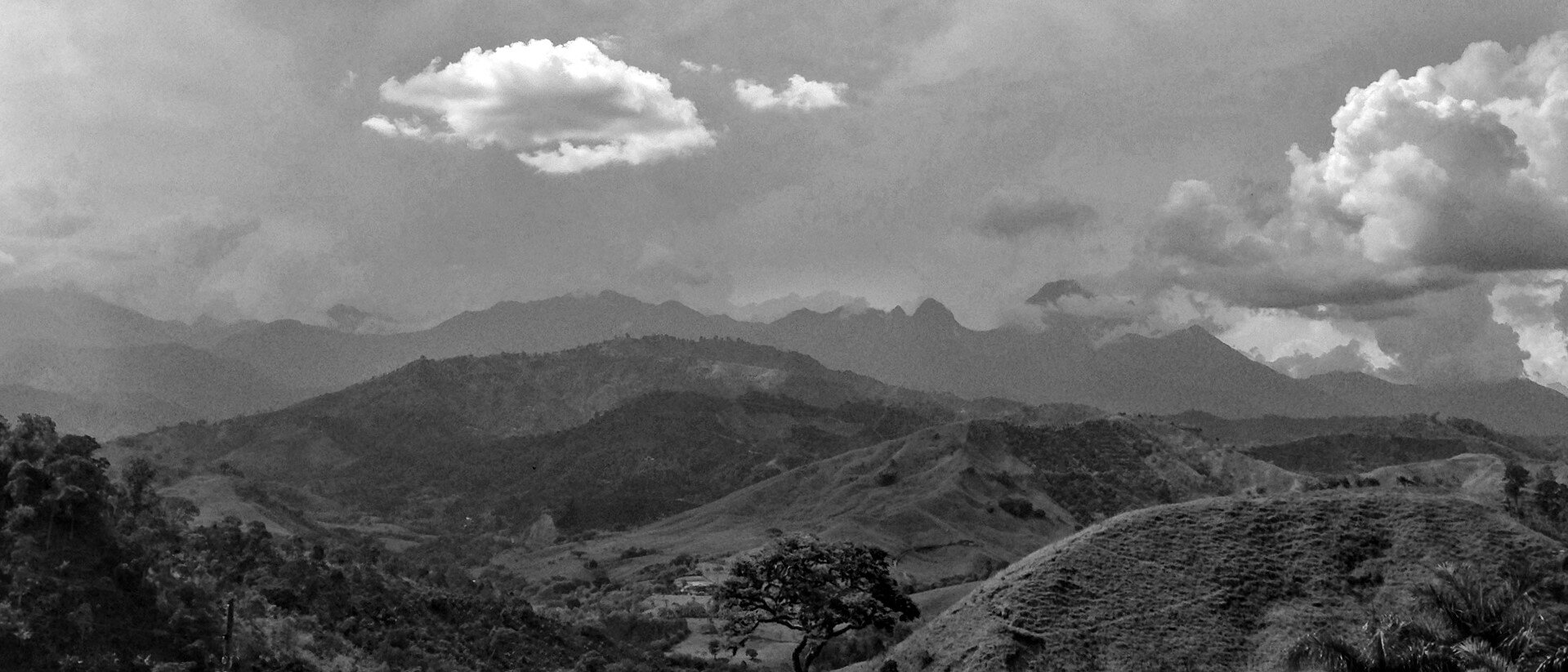
Long shot of Colombian coffee farms with mountains in the distance.
Brazilian Officials Carry Out Interstate Tax Fraud Sting ‘Operation Expresso’
Kona Labeling Class Action Settlements Reach $13.1 Million
Starbucks has announced that it plans to make its green coffee carbon neutral by 2030. A laudable goal, but the CNBC article doesn’t really explain exactly how it’s going to do it, aside from something about cutting water usage in half.
This is on the heels of last year’s announcement that the company aims to be “resource positive”—although it didn’t set a deadline for that one and it’s also still unclear what it actually means. Good stuff.
No news this week, but apparently caffeine tolerance is a thing we need to worry about—needing more and more of the stimulant to give us that jolt we need first thing. Don’t talk to me until I’ve had my coffee, and so on.
Column: It Is Time For Transparency In Coffee To Go Both Ways by Karl Wienhold
Exploring The Wonderful World Of Home Coffee Roasting by Jiyoon Han
Special Brew: Eco-Friendly Peruvian Coffee Leaves Others In The Shade by Anna Turns
Until next week, drink good coffee. Wear a mask. Tip your barista/server/etc.
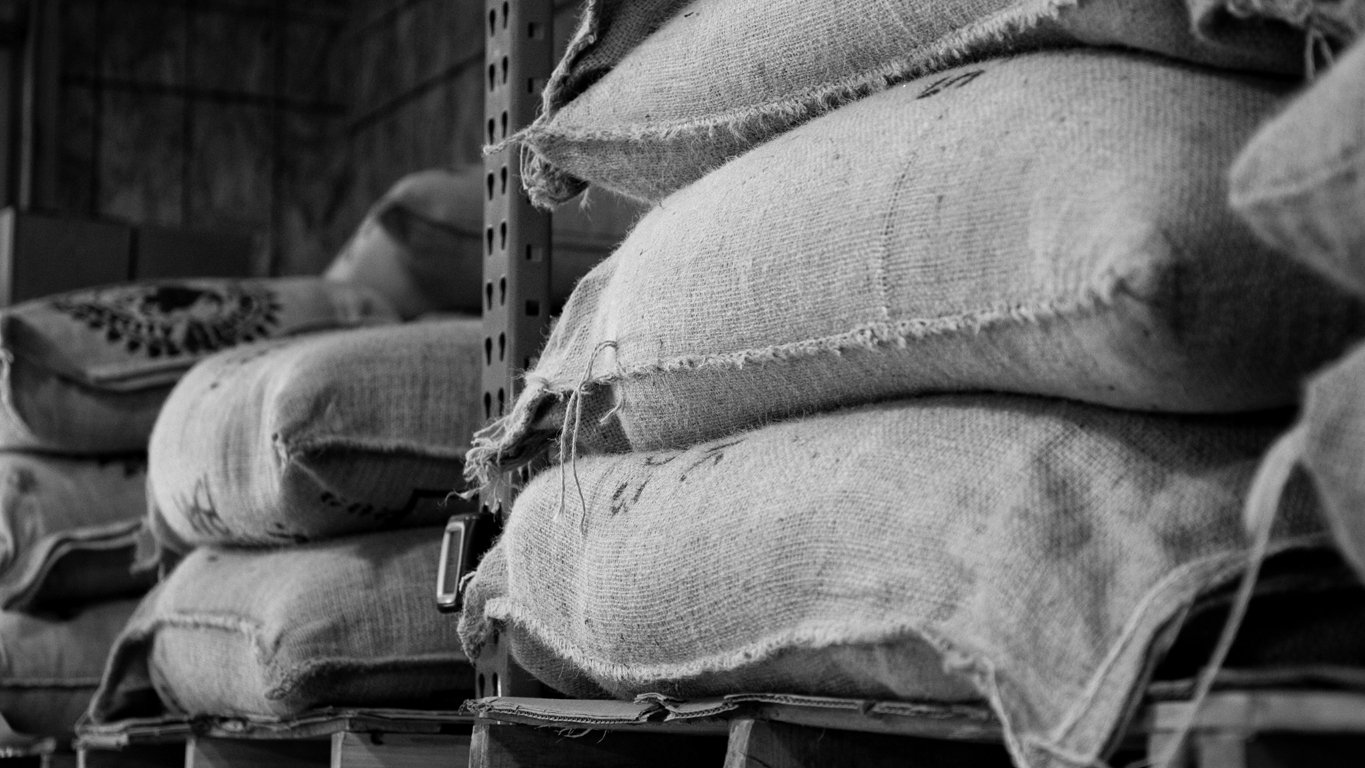
Nov 24, 2023 Connecting the Dots: Inside the 2023 Coffee Barometer Nov 24, 2023 Nov 24, 2023
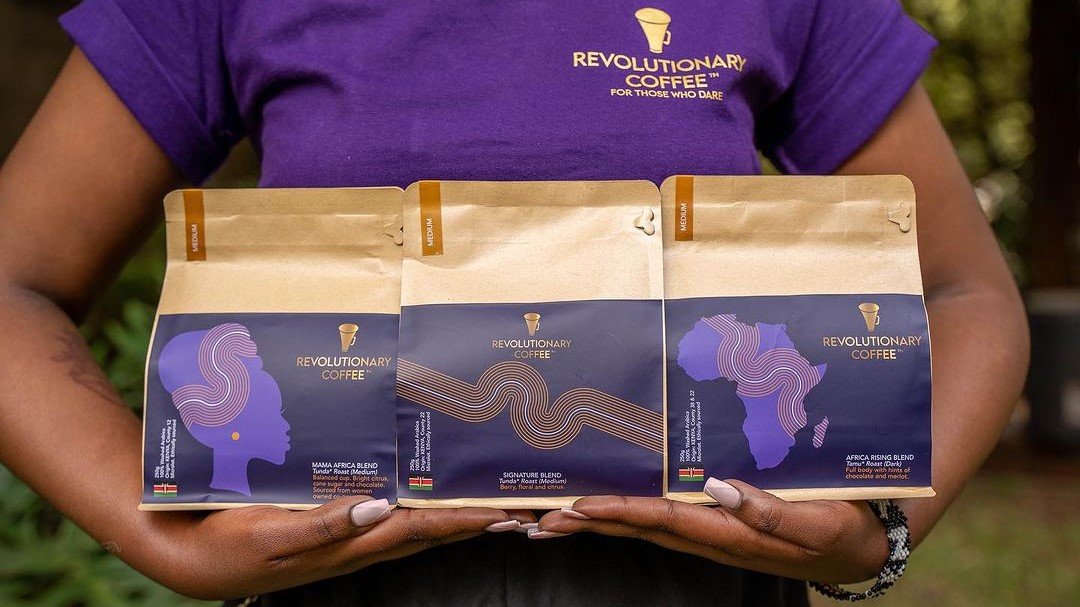
Oct 21, 2023 'Specialty Coffee Should be Enjoyed by Those Who Grow It': The Farmer's Daughter Joining Kenya's Coffee-drinking Revolution Oct 21, 2023 Oct 21, 2023
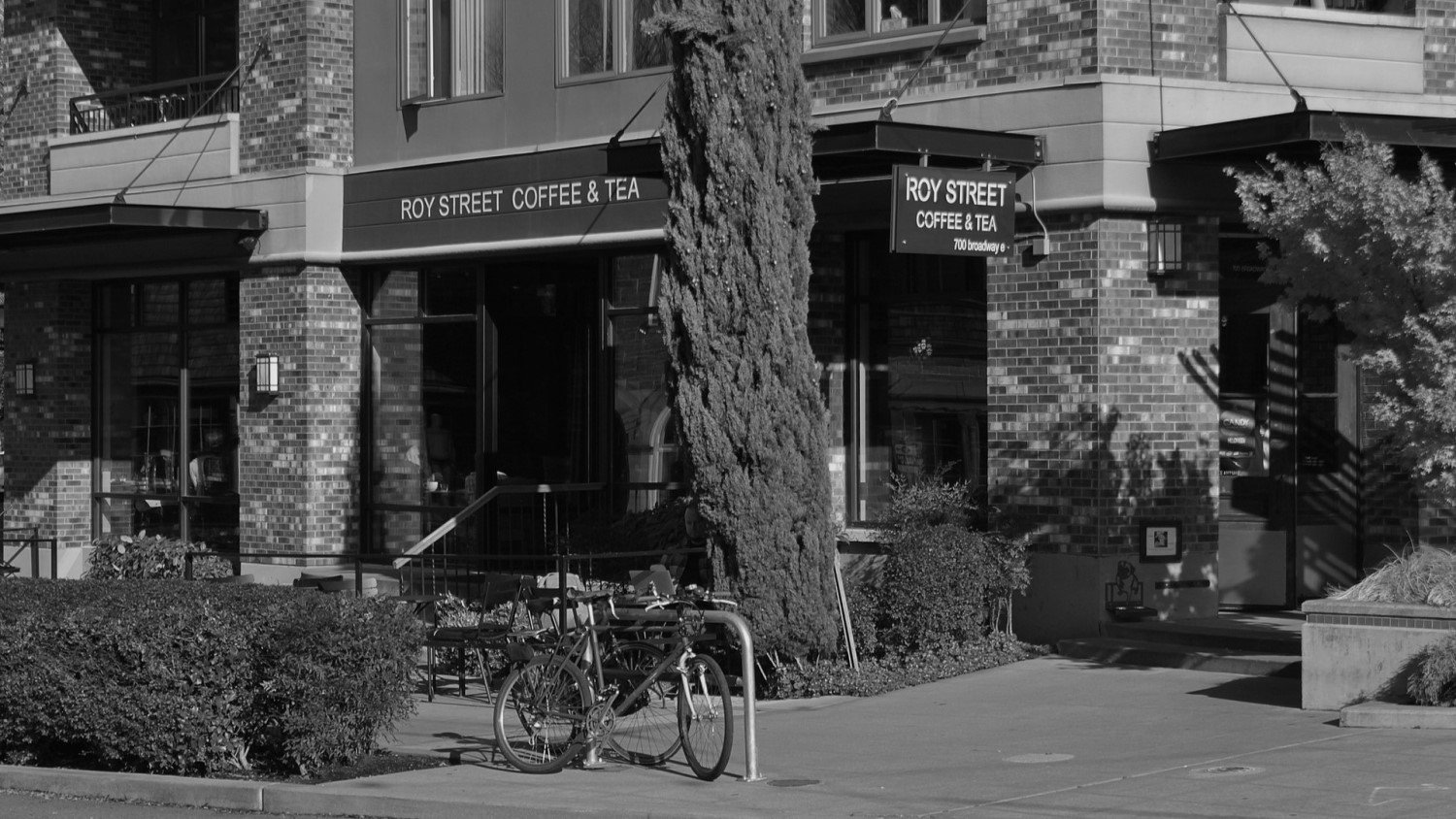
Oct 6, 2023 Stealth Starbucks: A Premonition of Modern Specialty Coffee Oct 6, 2023 Oct 6, 2023
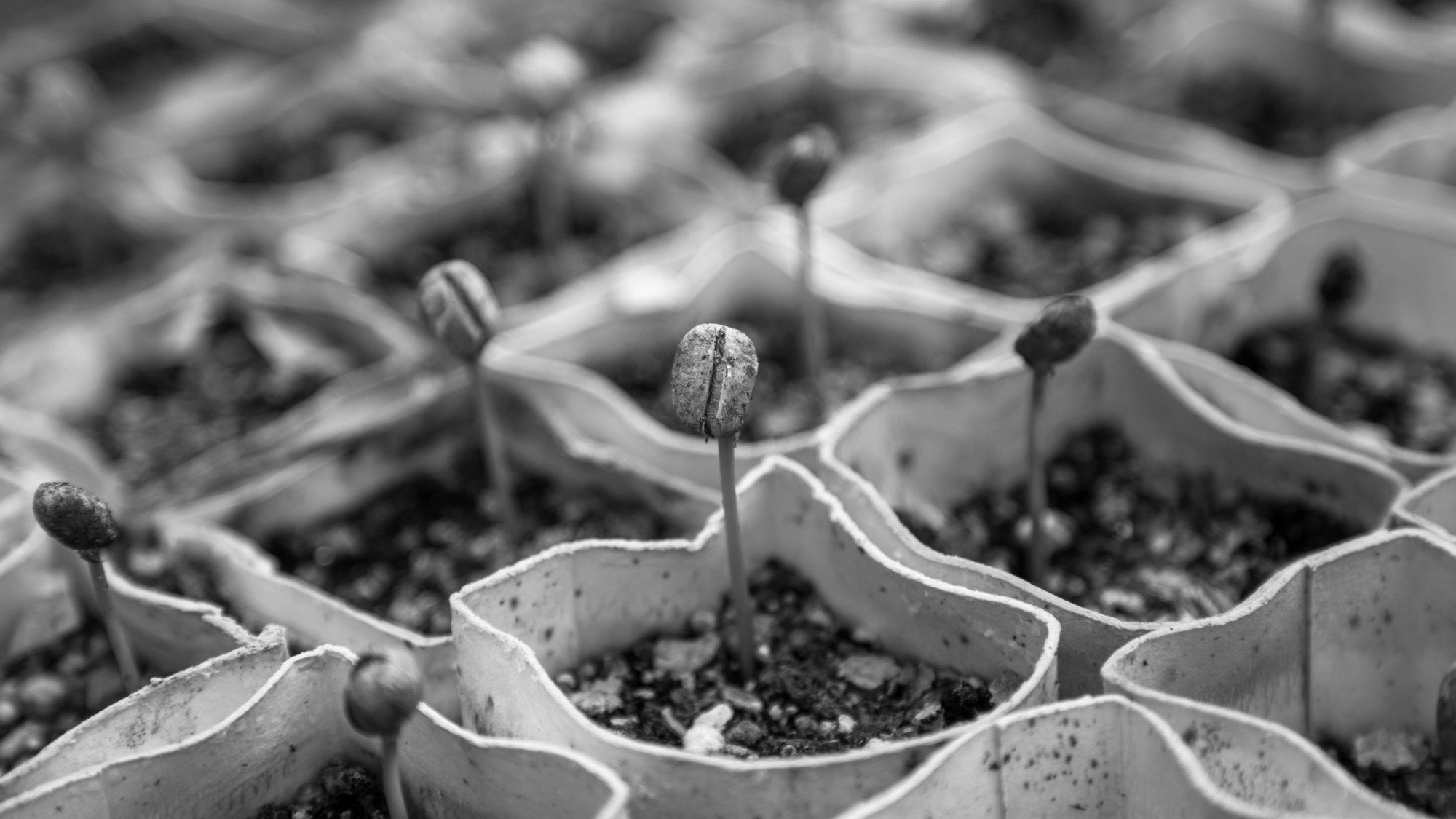
Sep 22, 2023 Can the Coffee Change Fund Save Coffee? Sep 22, 2023 Sep 22, 2023
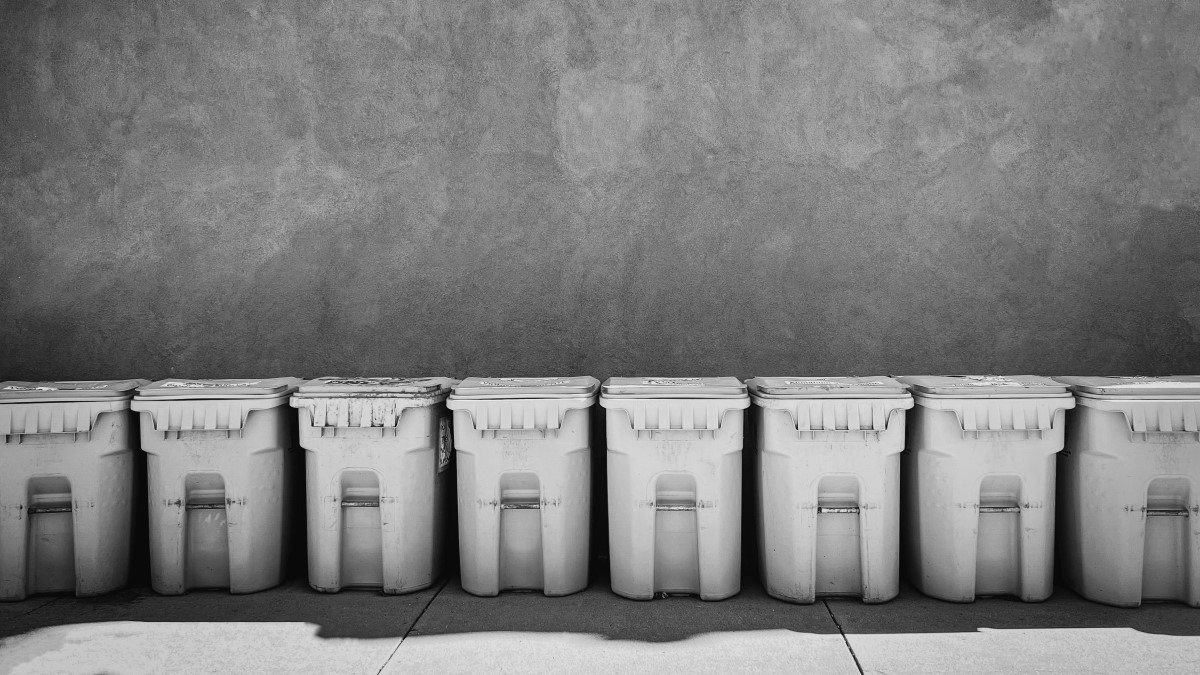
Sep 8, 2023 Upcycled Coffeewashing Sep 8, 2023 Sep 8, 2023
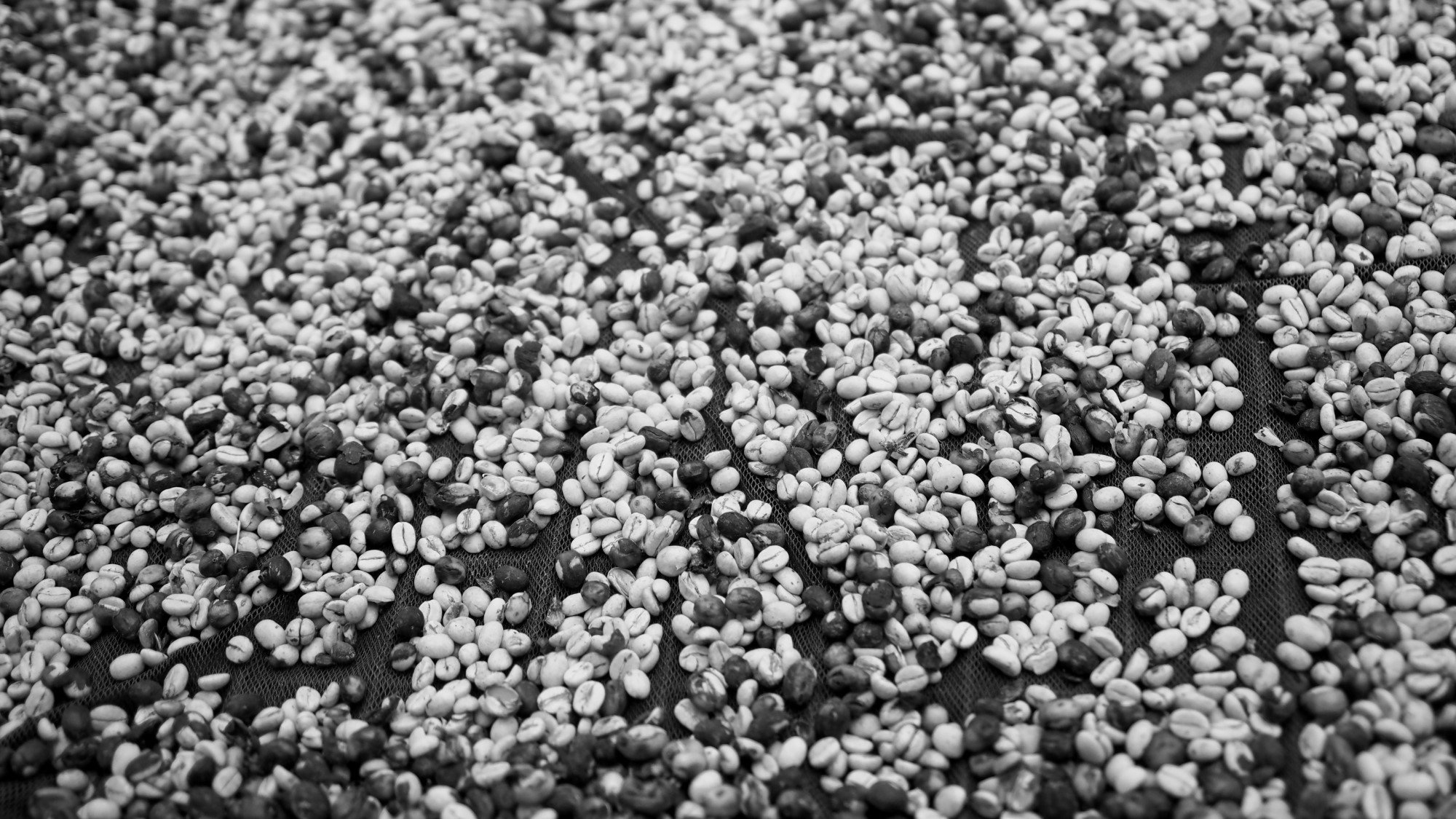
Aug 25, 2023 From A Concerned Farmer Aug 25, 2023 Aug 25, 2023

Aug 11, 2023 Philly is a (Coffee) Union Town Aug 11, 2023 Aug 11, 2023
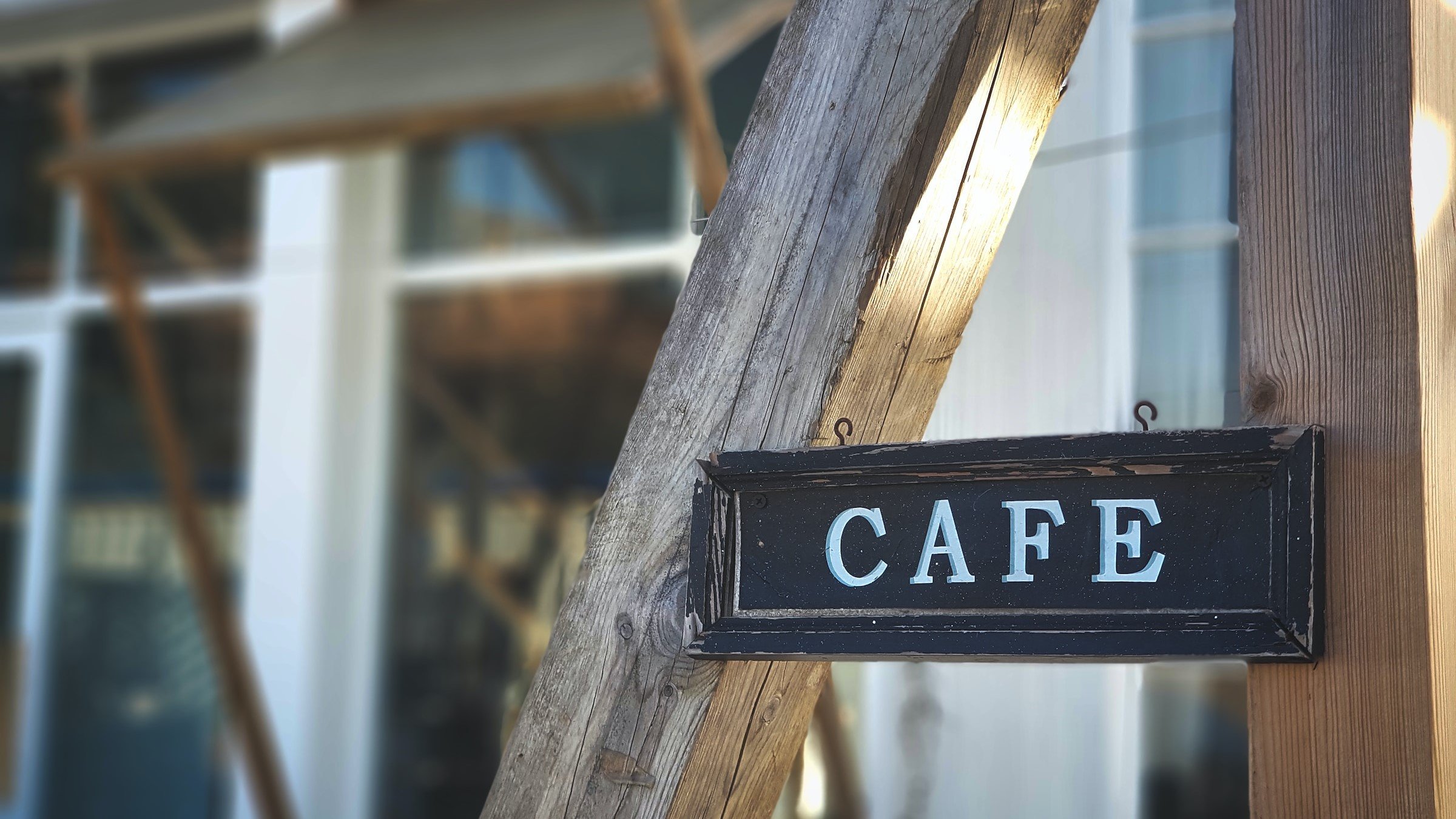
Jul 28, 2023 South Korea's Coffee Wars Jul 28, 2023 Jul 28, 2023
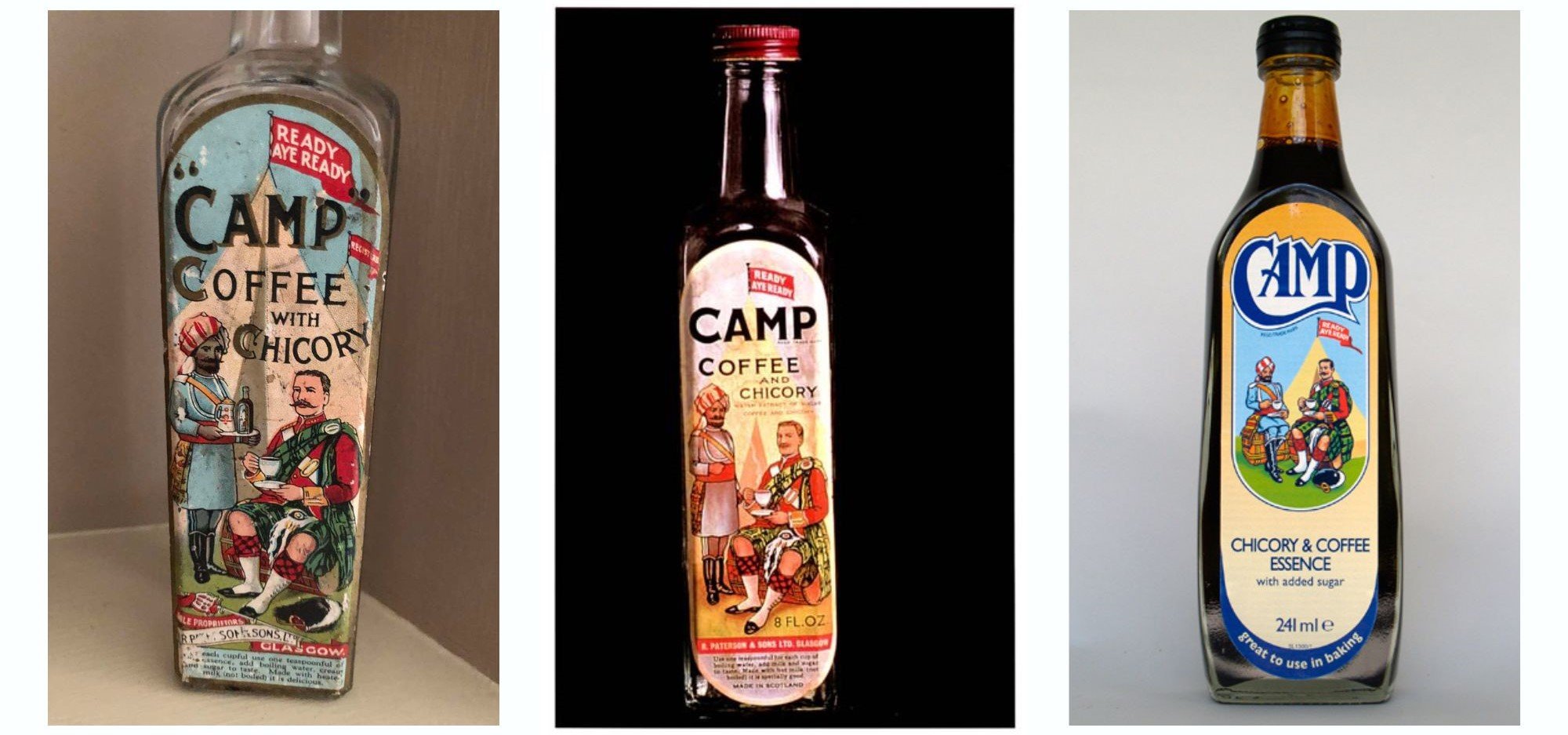
Jul 14, 2023 Camp Coffee, Colonialism, and the Evolution of a Brand Jul 14, 2023 Jul 14, 2023
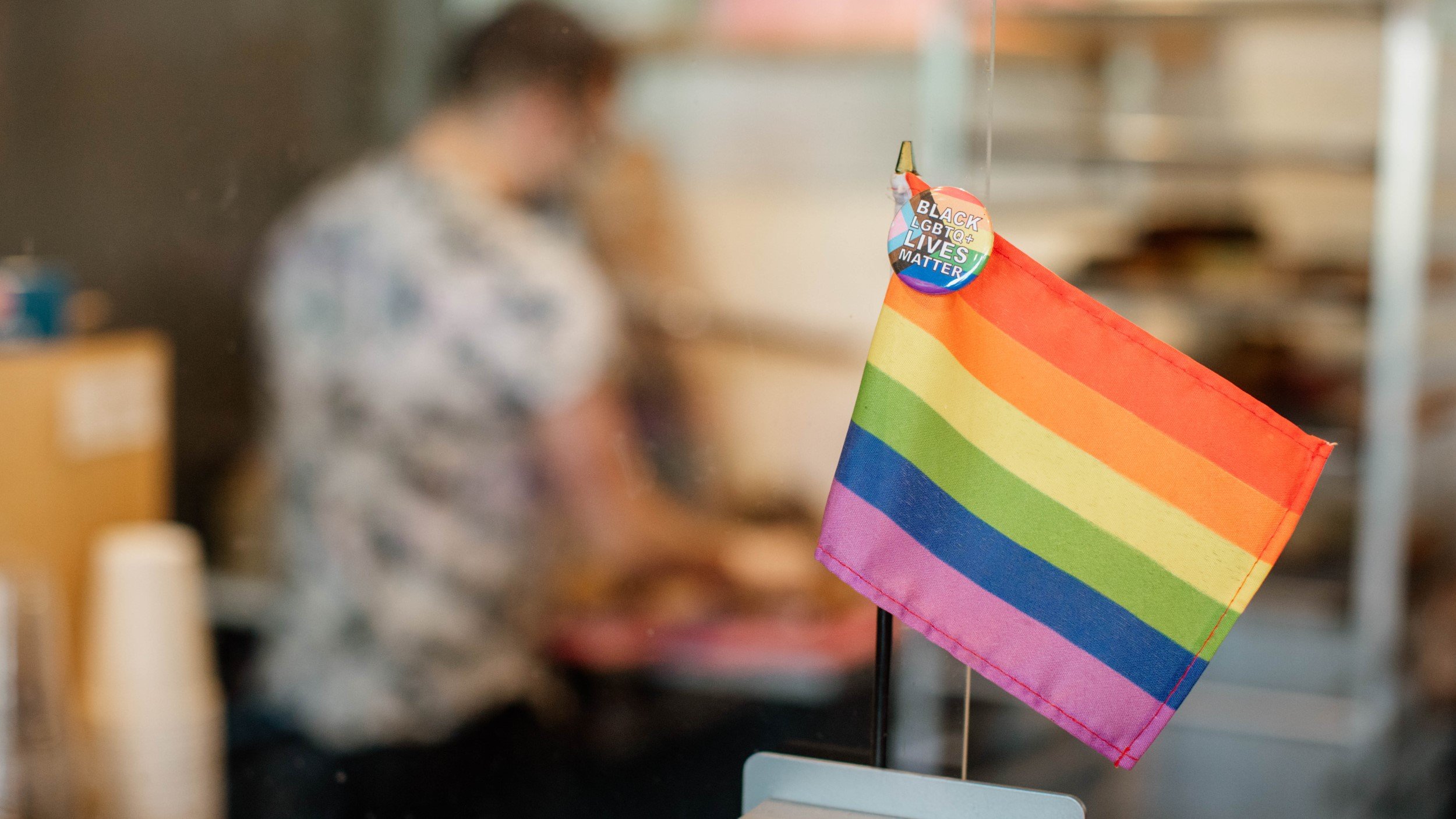
Jun 30, 2023 Defiance and Gay Frog Donuts: How Strange Matter Coffee is Navigating the Anti-LGBTQ+ Backlash Jun 30, 2023 Jun 30, 2023
A newsletter about coffee—its culture, politics, and how it connects to the wider world.